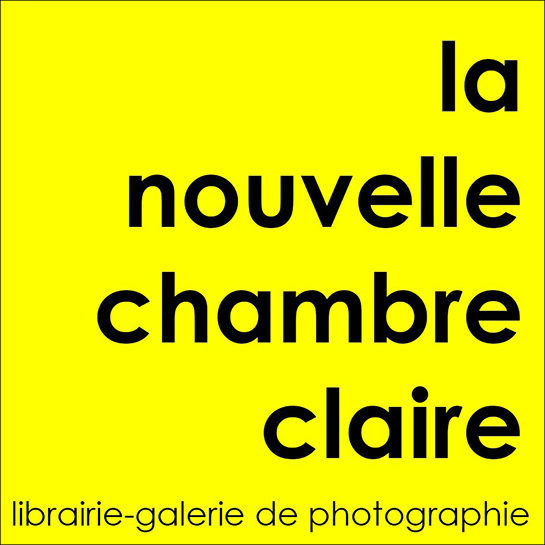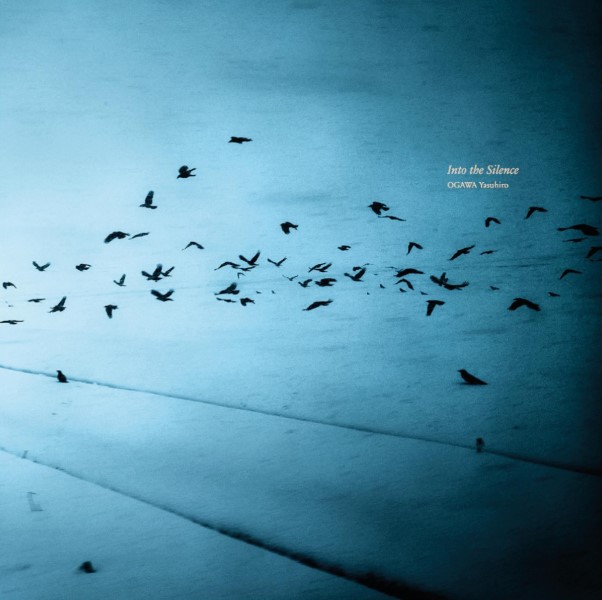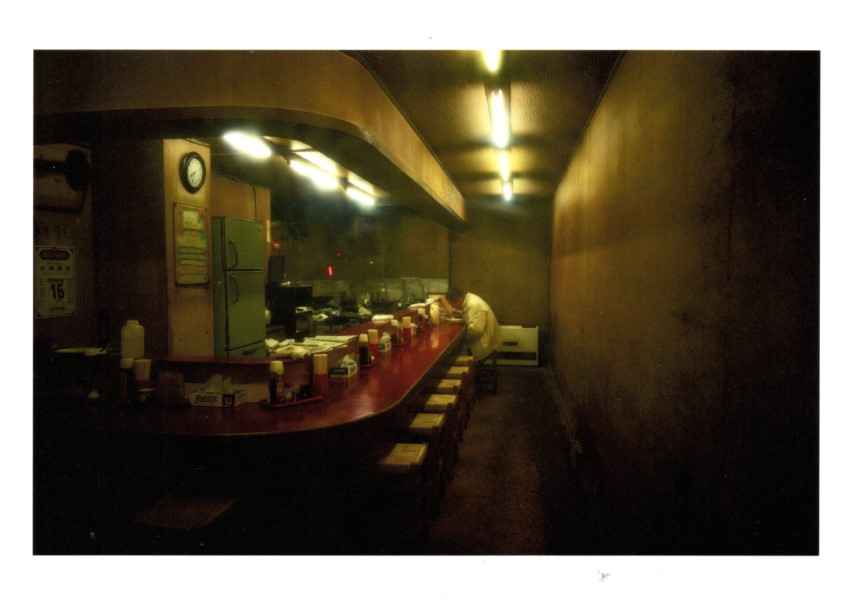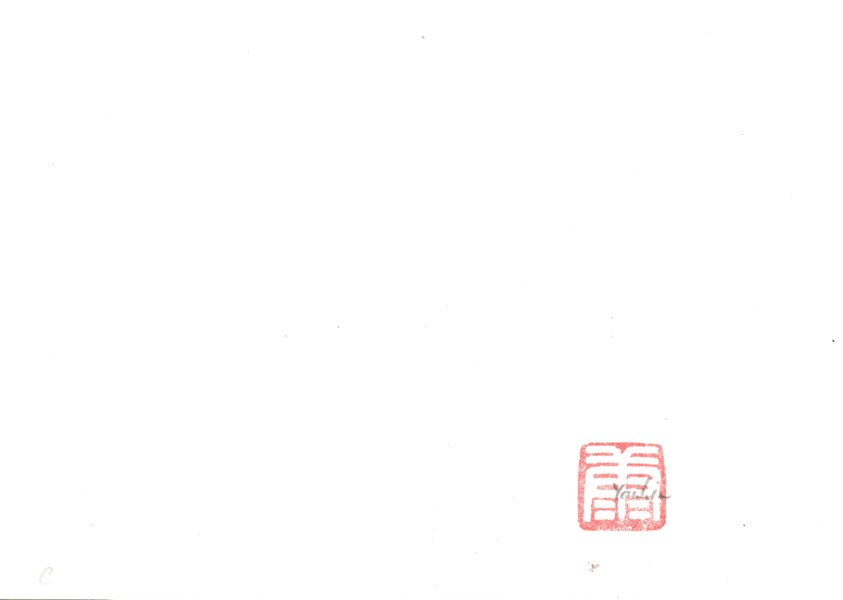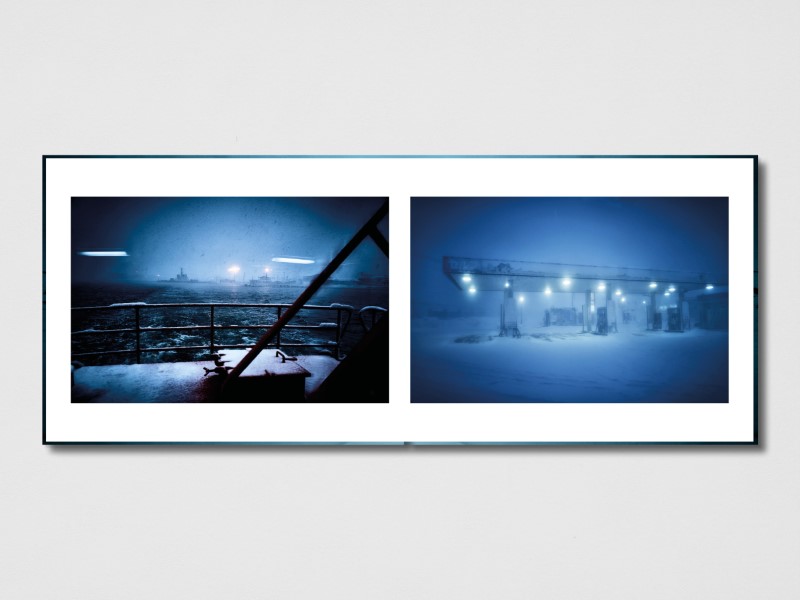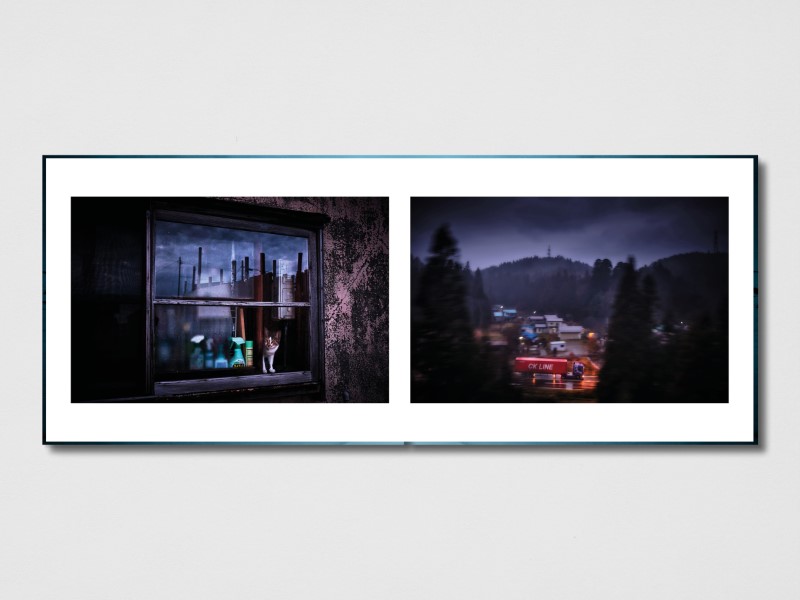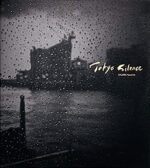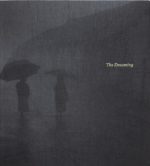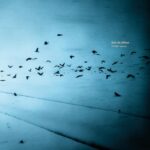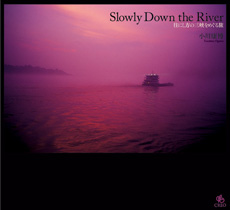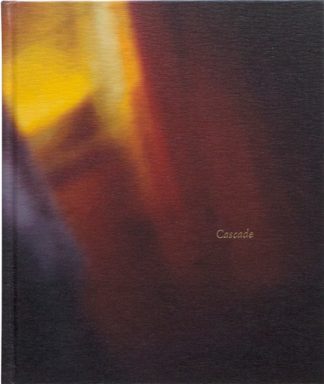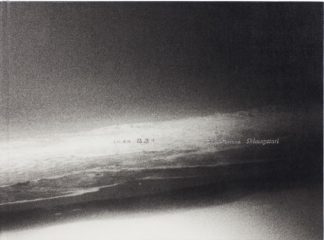Édition Collector avec un Tirage (12,7×17,8cm) Tamponné & Signé au crayon.
Les tirages sont en édition ouverte.
Print B. : Bar
Exemplaire Signé.
Cette histoire visuelle a été inspirée par le poète japonais du XVIIe siècle Matsuo Bashō, et en particulier par son œuvre « The Narrow Road to the Deep North (Oku no Hosomichi) ».
Malade pendant le voyage, mon rêve s’envole en courant dans les champs desséchés.
Bashō était un poète errant. Il aimait voyager et écrivait beaucoup de ses haïku pendant ses voyages. Je suis aussi une personne qui est obsédée par le voyage et qui admire son haïku depuis ma jeunesse. Son œuvre « The Narrow Road to the Deep North » a eu une grande influence sur moi, alors j’ai décidé de faire mon reportage photo en hommage au célèbre récit de voyage de Bashō.
Bashō a commencé son voyage dans le Nord profond au milieu de sa quarantaine, et j’ai commencé à tourner cette série à l’âge de 46 ans. Avec ces photographies, je veux dépeindre la passion d’un homme d’âge moyen pour la vie, les voyages et la solitude, comme l’œuvre de Bashō. -(La traduction du haïku a été aimablement fournie par M. Peter MacMillan)
L’histoire du voyage de Matsuo Bashō à travers les provinces du nord du Japon au XVIIe siècle est racontée dans son récit de voyage « The Narrow Road to the Deep North » (« Oku no Hosomichi »). À l’été 1689, Bashō entreprend son voyage avec sa compagne de voyage Sora. Ils voyageaient à pied, transportant seulement des provisions minimales et restant dans des logements humbles le long du chemin. Bashō cherchait l’inspiration pour sa poésie, et il l’a trouvée dans la beauté naturelle et la richesse culturelle des lieux qu’il a visités.
Comme Bashō avant lui, Ogawa a entrepris un voyage à travers la région de Tōhoku, contrairement à Bashō, qui a voyagé à pied avec un stylo à la main, Ogawa a préféré se déplacer en train avec la caméra à la main. Ses photographies capturent la beauté sauvage du paysage, des montagnes enneigées aux forêts brumeuses et le long des routes désertes avec des aperçus d’océans sauvages, souvent photographiés à travers des fenêtres brumeuses sur un train en mouvement. À travers son objectif, Ogawa révèle un monde à la fois lointain et intemporel, un monde dans le calme et le mouvement.
Malgré le passage des siècles, les défis rencontrés par Bashō sur son voyage sont encore évidents dans les photographies d’Ogawa. La solitude et l’isolement de la route sont palpables dans les plans de trains vides, de pistes ou de routes isolées et d’intérieurs d’hôtels désolés. Tout comme les défis physiques liés à la traversée de terrains accidentés et de conditions météorologiques défavorables sont documentés dans ses photographies muettes. Il y a un contraste marqué entre la beauté et la tranquillité du paysage et les dures réalités de la vie dans cette région éloignée. Des villes côtières aux rues désertes, les images d’Ogawa révèlent le bilan du déclin économique et du dépeuplement de la région. Pourtant, il reste un sentiment d’espoir et de résilience. – Adapté de la postface de Sarah Greene, Blue Lotus Gallery
Collector Edition with a Print (5×7” inches) Stamped & Signed in pencil.
Prints are open edition.
Print B. : Bar
Signed Copy.
Making this visual story was inspired by the 17th century Japanese poet Matsuo Bashō, and in particular his work “The Narrow Road to the Deep North (Oku no Hosomichi)”.
Ill on the journey, my dream takes off runs around withered fields.
Bashō was a wandering poet. He loved to travel, and wrote many of his haiku during his journeys. I’m also a person who has been obsessed with wanderlust, and have admired his haiku since my youth. His work “The Narrow Road to the Deep North” has been a great influence on me, so I decided to make my photo story in homage to Bashō’s famous travelogue.
Bashō set off on his Deep North journey in the middle of his 40’s, and I began to shoot this series at the age of 46. With these photographs I want to portray a middle-aged man’s passion for life, traveling and solitude, like Bashō’s artwork. -(The haiku translation was kindly provided by Mr. Peter MacMillan)
The story of Matsuo Bashō’s journey through the northern provinces of Japan in the 17th century, is recounted in his travelogue “The Narrow Road to the Deep North,” (“Oku no Hosomichi”). In the summer of 1689, Bashō set out on his journey with his traveling companion Sora. They traveled on foot, carrying only minimal provisions and staying in humble lodgings along the way. Bashō was seeking inspiration for his poetry, and he found it in the natural beauty and cultural richness of the places he visited.
Like Bashō before him, Ogawa set out on a journey through the Tōhoku region, unlike Bashō, who traveled on foot with pen in hand, Ogawa preferred to move by train with camera in hand. His photographs capture the rugged beauty of the landscape, from snow-covered mountains to misty forests and along deserted roads with glimpses of wild oceans, often shot through foggy windows on a train in motion. Through his lens, Ogawa reveals a world that is both remote and timeless, a world in stillness and motion.
Despite the passage of centuries, the challenges faced by Bashō on his journey are still evident in Ogawa’s photographs. The loneliness and isolation of the road are palpable in the shots of empty trains, lone tracks or roads and desolate hotel interiors. So are the physical challenges of traversing rough terrain and inclement weather documented in his muted photographs. There is a marked contrast between the beauty and tranquility of the landscape and the harsh realities of life in this remote region. From plain coastal towns to empty streets, Ogawa’s images reveal the toll that economic decline and depopulation have taken on the area. Yet there remains a sense of hope and resilience. – Adapted from the afterword by Sarah Greene, Blue Lotus Gallery
